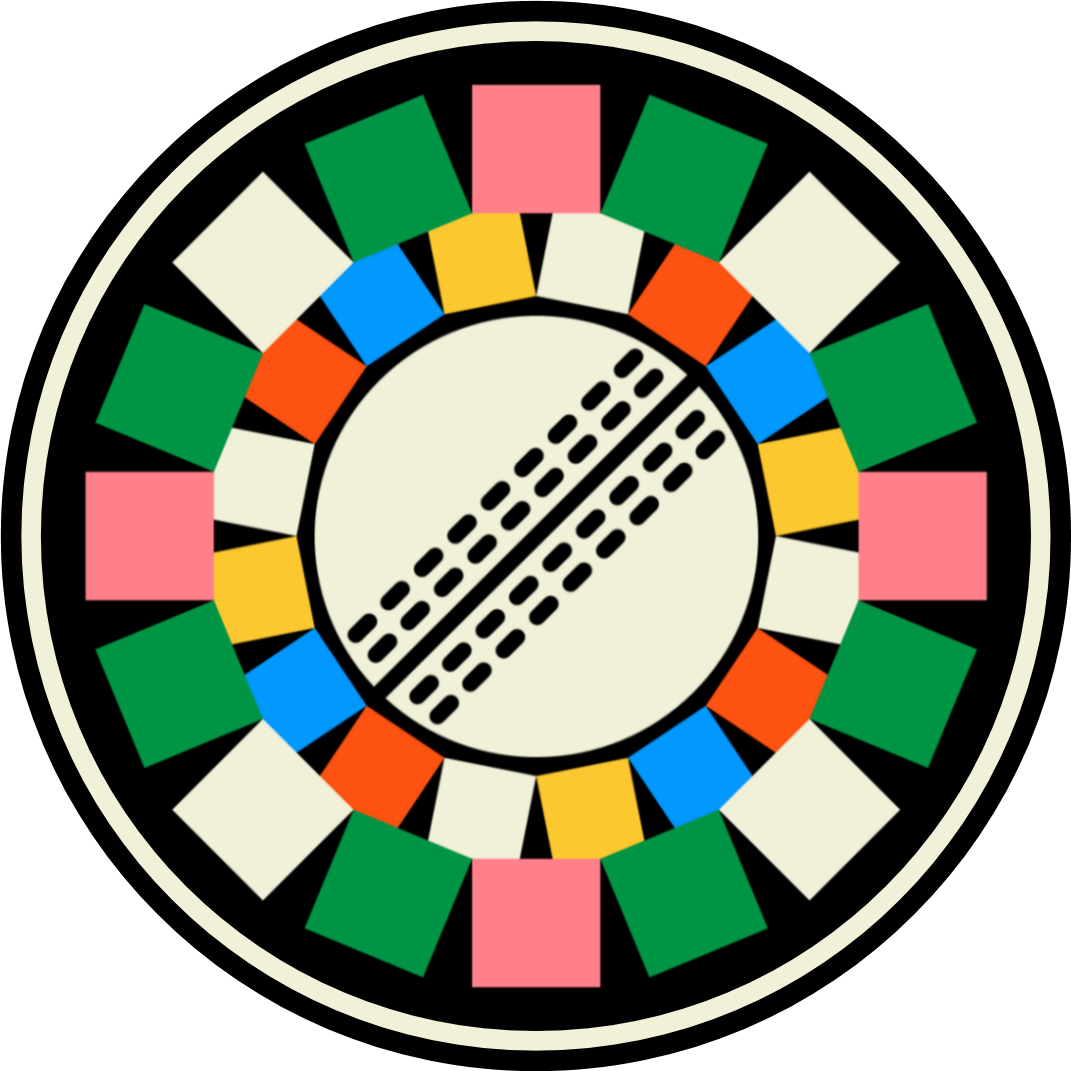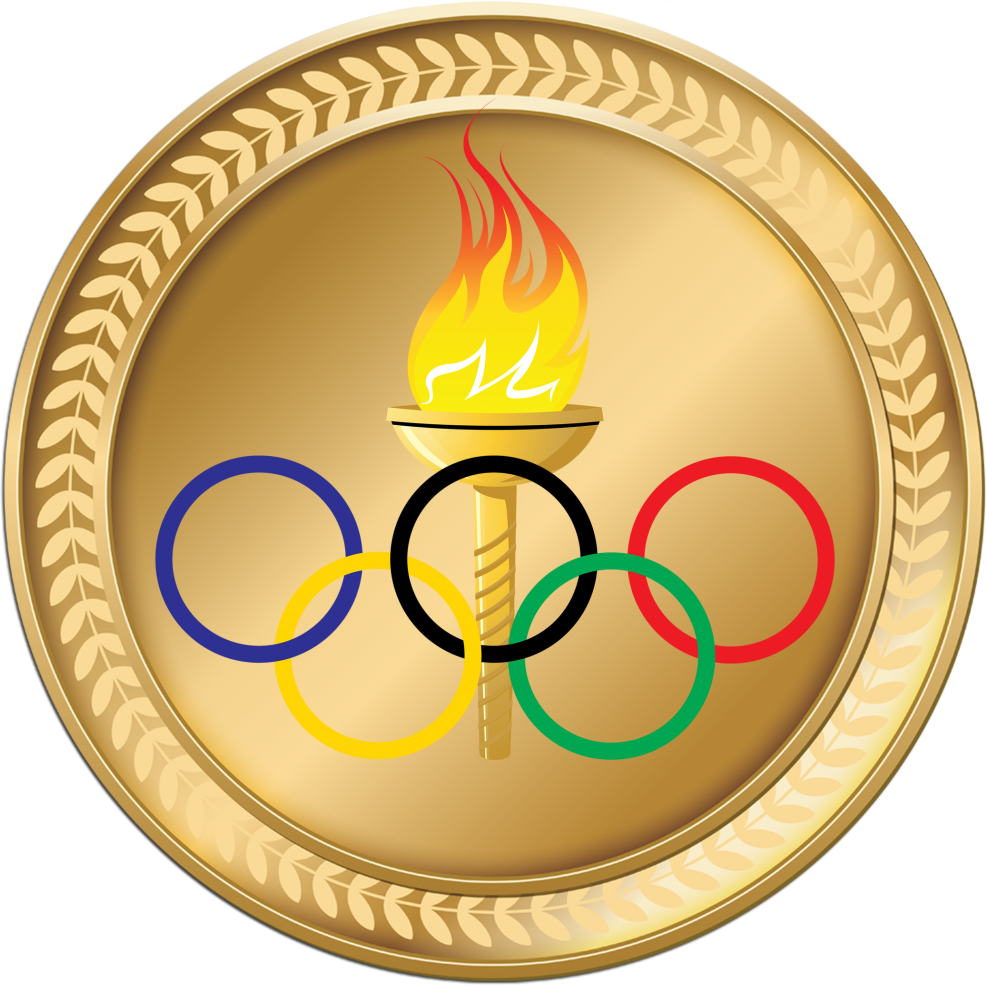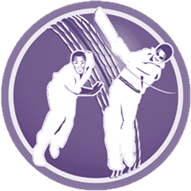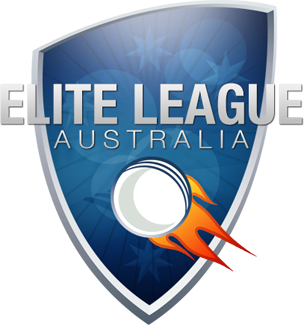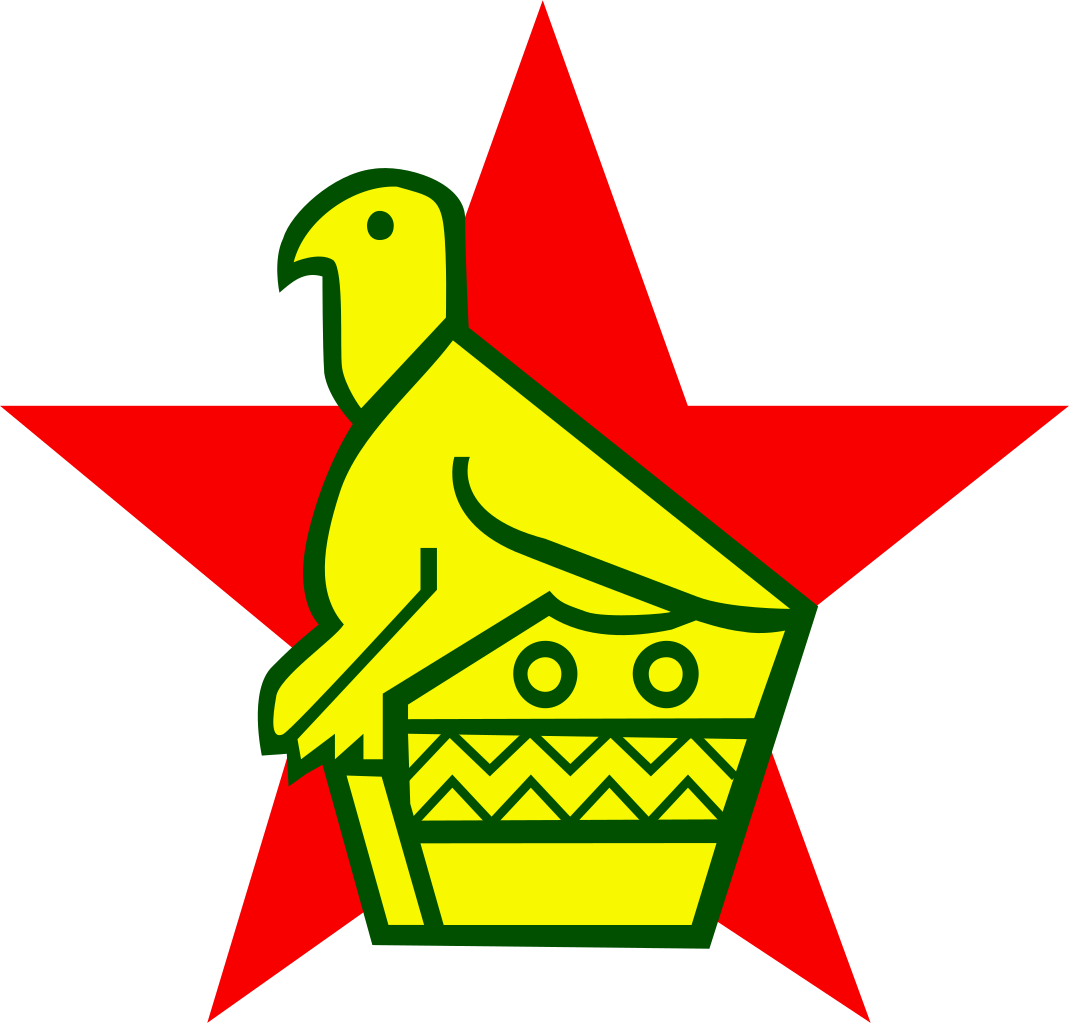Was my next target most likely, heavily underrated spinner who deserved far more international appearances. The only part of his gameplay that I would call one-dimensional would be his fielding, he is outstanding with the ball and should be a vital component of any bowling attack.
You are using an out of date browser. It may not display this or other websites correctly.
All-Time IPL Draft
- Thread starter Aislabie
- Start date
Yash.
ICC Board Member
India
Ireland
ENG....
SRH...
QG
PlanetCricket Award Winner
Melbourne Stars
X Rebels
JIMMY SINCLAIR
The guy that put South African cricket on the map, with his ability to bowl as fast as possible and hit the ball as hard as he could. He was an all round genius. In a time where the ball was considered a six only if it went out of the park, he hit 6 of them in a single innings against Australia. In the modern T20 era, he would have been the Andre Russell type all rounder, only if Russell was a better bowler.
Every T20 team requires at least one Russell-esque player, I have three in Procter Russell, and Sinclair. Have fun!
KL Rahul
Sachin Tendulkar
Virender Sehwag
- ?
Andre Russell
Jimmy Sinclair
Mike Procter
Bapu Nadkarni
Deepak Chahar
Erapalli Prasanna
- ?
Sobers, Narine, PollardEvery T20 team requires at least one Russell-esque player, I have three in Procter Russell, and Sinclair. Have fun!

- Joined
- Jan 1, 2013
From "Sidhu: The Strokeless Wonder"
To "Sidhu: From Strokeless Wonder To A Palm-Grove Hitter"
"Sixer Sidhu"
"Jonty Singh"
Navjot Singh Sidhu

@NePtuNe Gaming
To "Sidhu: From Strokeless Wonder To A Palm-Grove Hitter"
"Sixer Sidhu"
"Jonty Singh"
Navjot Singh Sidhu

@NePtuNe Gaming
Ravichandran Ashwin is my next pick. A very smart bowler, his economy rate is lesser than 7 across 154 IPL matches and 46 T20i matches. Ashwin's economical bowling combined with Chahal's wicket taking bowling will be perfect in the middle overs.
Neptune's 11
1.
 Brendon McCullum
Brendon McCullum
2.
 Syed Mushtaq Ali
Syed Mushtaq Ali 
3.
 Brian Lara
Brian Lara 
4.
 Suresh Raina
Suresh Raina
5.
 Yuvraj Singh
Yuvraj Singh
6.
7.
 Kapil Dev
Kapil Dev 
8.
9.
 Ravichandran Ashwin
Ravichandran Ashwin
10.
 Yuzvendra Chahal
Yuzvendra Chahal
11.
 Waqar Younis
Waqar Younis 
@Parth D
Neptune's 11
1.
2.
3.
4.
5.
6.
7.
8.
9.
10.
11.
@Parth D
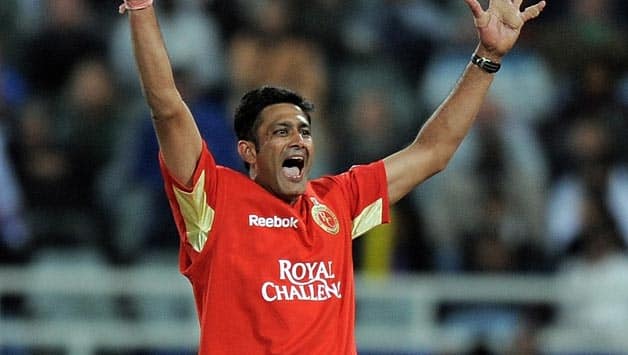
Who can forget his 5/5 in IPL

__________________________________
- ?
Sunil Narine
- ?
Ambati Rayadu
Sir Garfield Sobers
Kieron Pollard
Ajay Jadeja
Wasim Akram
Bhuvaneshwar Kumar
Anil Kumble
Javagal Srinath
“To me, Shane Warne is a great turner of the ball. I like his aggressive attitude, I love the way he attacks batsmen and I give him 100% for that as not enough spinners bowl with that approach, but in my estimation Subhash Gupte was a better leg-spinner.”
- Sir Gary Sobers
India has been the home of one too many spinners. Some world-class and consistent for years, some young hotshots who peaked too early and burnt too bright before the world could completely see their light. And then there was
Despite playing for one of the weakest test nations at that time, Gupte still has a lot going for him. How about claiming a five wicket haul every third game, something that no Indian spinner can match till date with the exception of Ashwin? What about being the only Indian spinner to average below 30 away from home despite playing in arguably the worst Indian side out of all the contenders? He was just one Naren Tamhane catch away from being the second bowler to take all ten wickets in an innings. And that was the unfortunate story of his career and the slightly poor strike-rate that ensued. His mystery and spin would befuddle both batsmen and his own close fielders so much that they would regularly drop catches. Imagine him with the catching support of the magic quarter of the 70s!
It became worse in the later part of his career with teams knowing that they should avoid taking risk versus him and target the other weaker bowlers, forcing a significant increase in his workload as evidenced by him taking 22 wickets in his battle versus Alexander's West Indies side whilst the next best Indian bowler had only five! He bowled over 300 overs, more than the next three Indian bowlers combined on dead pitches that were made to try to nullify the Hall and Gilchrist pace duo but only ended in nullifying any advantage the Indians had. Most ATG Indian XIs have Gupte in their playing XI and rate him as India's greatest spinner for a very solid reason indeed.
Gupte had in addition to the standard leg-break, two different googlies and a top-spinner and his deliveries would turn very well even on the flattest of wickets, which bodes well for his prospects in a modern T20. In addition, he had the rare control and patience for a wrist-spinner to trap batsmen rather than rush them and paired with Dhoni behind the stumps, he will be a very dangerous world-class bowler who can now actively hunt for wickets with a proper bowling unit to help like he did in the earlier part of his career when he had a certain legendary all-rounder for support.
Will post my next pick soon.
To copy @blockerdave's words regarding a certain player he loves, "....but however good you think he was, he was better. His entire first class career occurred when he was already in his mid-30s. Phenomenal player."
Now apply the same to Cottari Kanakaiya Nayudu, or better known as C.K. Nayudu who was India's first ever test captain. However, his very first test came when he was already 37. First-class cricket in India would not properly begin until he was into his forties. In a way, Nayudu was even more disadvantaged than Basil D'Oliveira ever was at the start of their respective first-class careers due to the fact that he was supposedly well past his physical peak when he was leading Holkar to nine Ranji Trophy finals, winning four of them (since then, the team has only made one final which was right after he retired and is now a poor team with the only notable international cricketer in this entire century being Naman Ojha). And yet, the most rigorous of disciplinary attitudes and a completely professional approach to the game of cricket meant that he played well into his forties, fifties and even into his sixties!
Nayudu's most famous moment came when he launched India to a test status, quite literally with a brutal assault on a touring MCC side that was more than decent with the likes of Maurice Tate playing for them. He struck 153 with 11 sixes in there with cricketers who were nowhere near as good as he was in his side. Awestruck spectators flocked to the stadium and building rooftops to witness this rare sight of an Indian player smashing the foreigners to all parts of the ground. But those who followed Nayudu's fledgling career knew that this was nothing new. Encouraged by his father who was a massive Ranjitsinhji fan to be an attacking batsman, Nayudu's fame and penchant for hitting sixes was well known throughout the country's cricketing circles. Tales such as
In the only international experiences he had, Nayudu was the team's top scorer in the 1932 tour with the highest average by far of any Indian and only the legendary pace duo of Amar Singh and Nissar took more wickets. One of his hits was so fierce that it cleared the river Rea, crossing from one county to another (Warwickshire to Worcestershire) in a blistering three hour innings that ended with 162! In 1936, Vijay Merchant was the only one who scored more runs than him and Nissar was the only one who took more wickets. These help to put into context his rather pale test numbers. He was also heavily marginalized in the team by the politics of the infamous Vizzy who was jealous of the fact that a commoner was better than him and more revered. By the time India played a test match again, he was fifty and was not considered for selection.
However given the way he was playing domestic cricket, he very well could have been. His rivalry with Vinoo Mankad, who he snubbed due to the latter's Lancashire League commitment led to two of the most famous incidents in Ranji History. First was in 1951-52's finals, where Phadkar bowled a bouncer that broke Nayudu's tooth and bloodied his mouth, rumoured to be at the insistence of his captain Mankad. However, Nayudu simply spat out pieces of the tooth and asked Phadkar to not stop bouncing him if he wanted to. The legendary batsman then went on to hit 66 in a losing cause. However he led his side to victory in the next season and then retired.
A few years later, he was persuaded to come out of retirement to play for Uttar Pradesh. Their second match was against Rajasthan who had his old foe Mankad. The latter was furious after a lbw call did not go his way and sent in a beamer next out of frustration. He then tried to unnerve Nayudu with a fuller delivery but the latter would just stand still and send the ball out of the ground over the now bewildered Mankad's head. The very next delivery had the same result. He only got out on 84 due to being run-out having dropped his bat, which is understandable given that he was 61 years of age! And this was the story of his late career, in which he was smashing India's best pacers to all parts of the ground along with spinners despite being nearly double the age of most of them!
Nayudu in a nutshell was the W.G. Grace of Indian cricket in terms of the sheer longevity, impact and influence that he left on cricket. If all of this does not convince you that Nayudu's first-class stats do not do him justice in any way, how about the fact that he was Mushtaq Ali's (whose name adorns India's T20 competition today) idol, mentor and biggest inspiration? Neville Cardus described him as "Nayudu is lithe and wristy and volatile. Nayudu is a very sensitive batsman: for each of his strokes you get the impression of a new born energy, of a sudden improvisation of superb technique. Nayudu is not at all mechanical. Watching him from the ring you get a delicious suggestion in his play of his fallibility". There is no doubt that he would have been superb in a modern T20 with his fearless approach to cricket.
In my side, Nayudu will be batting at three, the position he occupied for large parts of his career and where he was most effective. He will play the 'Raina' role of taking on the spinners and pacers equally and keeping the middle overs extremely active with a flurry of boundaries and his famed sixes. As India's first world-class cricketer and a household attraction of those times, he will form a fearsome top three and was also good enough with the ball in his prime to bowl all four overs should need be with his Symonds-esque mix of medium pace cutters and off-breaks but he will most likely be only the sixth bowling option as his batting is more needed. He was a fine fielder in addition even in his later years owing to his superb athleticism and will no doubt add to the leadership potential and elite mentality that my side already has with his superb captaincy, coaching and disciplinary skills.
@Bevab's Blasters
@Parth D to follow (please don't tell me that you were targetting Nayudu too ).
).
Now apply the same to Cottari Kanakaiya Nayudu, or better known as C.K. Nayudu who was India's first ever test captain. However, his very first test came when he was already 37. First-class cricket in India would not properly begin until he was into his forties. In a way, Nayudu was even more disadvantaged than Basil D'Oliveira ever was at the start of their respective first-class careers due to the fact that he was supposedly well past his physical peak when he was leading Holkar to nine Ranji Trophy finals, winning four of them (since then, the team has only made one final which was right after he retired and is now a poor team with the only notable international cricketer in this entire century being Naman Ojha). And yet, the most rigorous of disciplinary attitudes and a completely professional approach to the game of cricket meant that he played well into his forties, fifties and even into his sixties!
Nayudu's most famous moment came when he launched India to a test status, quite literally with a brutal assault on a touring MCC side that was more than decent with the likes of Maurice Tate playing for them. He struck 153 with 11 sixes in there with cricketers who were nowhere near as good as he was in his side. Awestruck spectators flocked to the stadium and building rooftops to witness this rare sight of an Indian player smashing the foreigners to all parts of the ground. But those who followed Nayudu's fledgling career knew that this was nothing new. Encouraged by his father who was a massive Ranjitsinhji fan to be an attacking batsman, Nayudu's fame and penchant for hitting sixes was well known throughout the country's cricketing circles. Tales such as
were many and he had already made a mark on many a touring side that played versus an Indian side and any domestic team that were unfortunate to play against his side.When he scored 120 for India against the Europeans in Madras in 1920, one strike cleared the boundary wall on the southern end of the Madras Cricket Club compound and landed near a coconut tree fifty yards beyond the ground. The hit was stated to be easily about 150 yards
In the only international experiences he had, Nayudu was the team's top scorer in the 1932 tour with the highest average by far of any Indian and only the legendary pace duo of Amar Singh and Nissar took more wickets. One of his hits was so fierce that it cleared the river Rea, crossing from one county to another (Warwickshire to Worcestershire) in a blistering three hour innings that ended with 162! In 1936, Vijay Merchant was the only one who scored more runs than him and Nissar was the only one who took more wickets. These help to put into context his rather pale test numbers. He was also heavily marginalized in the team by the politics of the infamous Vizzy who was jealous of the fact that a commoner was better than him and more revered. By the time India played a test match again, he was fifty and was not considered for selection.
However given the way he was playing domestic cricket, he very well could have been. His rivalry with Vinoo Mankad, who he snubbed due to the latter's Lancashire League commitment led to two of the most famous incidents in Ranji History. First was in 1951-52's finals, where Phadkar bowled a bouncer that broke Nayudu's tooth and bloodied his mouth, rumoured to be at the insistence of his captain Mankad. However, Nayudu simply spat out pieces of the tooth and asked Phadkar to not stop bouncing him if he wanted to. The legendary batsman then went on to hit 66 in a losing cause. However he led his side to victory in the next season and then retired.
A few years later, he was persuaded to come out of retirement to play for Uttar Pradesh. Their second match was against Rajasthan who had his old foe Mankad. The latter was furious after a lbw call did not go his way and sent in a beamer next out of frustration. He then tried to unnerve Nayudu with a fuller delivery but the latter would just stand still and send the ball out of the ground over the now bewildered Mankad's head. The very next delivery had the same result. He only got out on 84 due to being run-out having dropped his bat, which is understandable given that he was 61 years of age! And this was the story of his late career, in which he was smashing India's best pacers to all parts of the ground along with spinners despite being nearly double the age of most of them!
Nayudu in a nutshell was the W.G. Grace of Indian cricket in terms of the sheer longevity, impact and influence that he left on cricket. If all of this does not convince you that Nayudu's first-class stats do not do him justice in any way, how about the fact that he was Mushtaq Ali's (whose name adorns India's T20 competition today) idol, mentor and biggest inspiration? Neville Cardus described him as "Nayudu is lithe and wristy and volatile. Nayudu is a very sensitive batsman: for each of his strokes you get the impression of a new born energy, of a sudden improvisation of superb technique. Nayudu is not at all mechanical. Watching him from the ring you get a delicious suggestion in his play of his fallibility". There is no doubt that he would have been superb in a modern T20 with his fearless approach to cricket.
In my side, Nayudu will be batting at three, the position he occupied for large parts of his career and where he was most effective. He will play the 'Raina' role of taking on the spinners and pacers equally and keeping the middle overs extremely active with a flurry of boundaries and his famed sixes. As India's first world-class cricketer and a household attraction of those times, he will form a fearsome top three and was also good enough with the ball in his prime to bowl all four overs should need be with his Symonds-esque mix of medium pace cutters and off-breaks but he will most likely be only the sixth bowling option as his batting is more needed. He was a fine fielder in addition even in his later years owing to his superb athleticism and will no doubt add to the leadership potential and elite mentality that my side already has with his superb captaincy, coaching and disciplinary skills.
@Bevab's Blasters
Don Bradman
David Warner
C.K. Nayudu
Mohammad Azharuddin
Yusuf Pathan
MS Dhoni
Amar Singh
Harbhajan Singh
- ?
Subhash Gupte
Lasith Malinga
@Parth D to follow (please don't tell me that you were targetting Nayudu too
 ).
).
I don't even need to give a reason.
__________________________________
Gautam Gambhir
Sunil Narine
- ?
Ambati Rayadu
Sir Garfield Sobers
Kieron Pollard
Ajay Jadeja
Wasim Akram
Bhuvaneshwar Kumar
Anil Kumble
Javagal Srinath
Lance Klusener was the perfect t20 cricketer, he could hit the ball like only few others could and was very economical with the ball. This draft considers the peak of a player's career and at his peak there were few who would be more valuable than him.
Neptune's 11
1.
 Brendon McCullum
Brendon McCullum
2.
 Syed Mushtaq Ali
Syed Mushtaq Ali 
3.
 Brian Lara
Brian Lara 
4.
 Suresh Raina
Suresh Raina
5.
 Yuvraj Singh
Yuvraj Singh
6.
 Lance Klusener
Lance Klusener
7.
 Kapil Dev
Kapil Dev 
8.
9.
 Ravichandran Ashwin
Ravichandran Ashwin
10.
 Yuzvendra Chahal
Yuzvendra Chahal
11.
 Waqar Younis
Waqar Younis 
@mohsin7827
Neptune's 11
1.
2.
3.
4.
5.
6.
7.
8.
9.
10.
11.
@mohsin7827
- Joined
- Jan 1, 2013
Glad to see Klusener make the comebackLance Klusener was the perfect t20 cricketer, he could hit the ball like only few others could and was very economical with the ball. This draft considers the peak of a player's career and at his peak there were few who would be more valuable than him.
Neptune's 11
1.
Brendon McCullum
2.
Syed Mushtaq Ali
3.
Brian Lara
4.
Suresh Raina
5.
Yuvraj Singh
6.
Lance Klusener
7.
Kapil Dev
8.
9.
Ravichandran Ashwin
10.
Yuzvendra Chahal
11.
Waqar Younis
@mohsin7827
- Joined
- Jan 1, 2013
Recently in IPL SRH Vs RCB match Kane Williamson played a late cut to the third man of Saini bowling amazed by that shot how late Kane has played it. The simmilar role what Kane has played for SRH will be played by my next pick in my XI.
Vijay Merchant
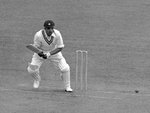
Although Vijay Merchant played only ten Test matches, he is widely considered to be one of the greatest batmen of his era.[1] He was an attractive stroke maker, who "developed fine footwork, and built a stroke repertoire featuring a lovely cut, grasscutting drives, a delicate glance and late-cut, and, until later in his career, a brilliant hook stroke."[1] His batting average in first-class cricket was 71.64, putting him second only to Don Bradman of Australia. In India's domestic Ranji Trophy matches, he fared even better, averaging 98.75 in 47 innings. His record is especially impressive as his runs came at a time of uncovered wickets. Merchant was one of the five Wisden Cricketers of the Year in 1937. Vijay Merchant is also the oldest Indian player to score a Test century. He scored 154 when he was 40 years 21 days in India vs England match in 1951–52 series.[1]
During his career, he scored eleven double-centuries in first-class cricket, the most by an Indian batsman. The record stood until November 2017, when Cheteshwar Pujarascored his twelfth double-century batting for Saurashtra against Jharkhand in the 2017–18 Ranji Trophy(Wikipedia)
@Aislabie
Vijay Merchant

Although Vijay Merchant played only ten Test matches, he is widely considered to be one of the greatest batmen of his era.[1] He was an attractive stroke maker, who "developed fine footwork, and built a stroke repertoire featuring a lovely cut, grasscutting drives, a delicate glance and late-cut, and, until later in his career, a brilliant hook stroke."[1] His batting average in first-class cricket was 71.64, putting him second only to Don Bradman of Australia. In India's domestic Ranji Trophy matches, he fared even better, averaging 98.75 in 47 innings. His record is especially impressive as his runs came at a time of uncovered wickets. Merchant was one of the five Wisden Cricketers of the Year in 1937. Vijay Merchant is also the oldest Indian player to score a Test century. He scored 154 when he was 40 years 21 days in India vs England match in 1951–52 series.[1]
During his career, he scored eleven double-centuries in first-class cricket, the most by an Indian batsman. The record stood until November 2017, when Cheteshwar Pujarascored his twelfth double-century batting for Saurashtra against Jharkhand in the 2017–18 Ranji Trophy(Wikipedia)
@Aislabie
Last edited:
Aislabie
Test Cricket is Best Cricket
Moderator
Ireland
PlanetCricket Award Winner
Champions League Winner
Ah, I didn't get the notification because the tag was edited in. One moment
Aislabie
Test Cricket is Best Cricket
Moderator
Ireland
PlanetCricket Award Winner
Champions League Winner
Twenty20 stats: 1,966 runs @ 22.86 (SR: 124.46, best 65*) and 173 wickets @ 26.17 (econ: 7.58, 1 5WI, best 5/13) in 177 matches
Arguably the biggest waste of potential in recent years for the Indian white-ball teams, it's easy to forget that Irfan Pathan is still only 36 - and age where he could and should be raking in the T20 appearances like an Indian Dan Christian. Instead, he has seemingly been blackballed by MS Dhoni, so passes his time playing odd games for Jammu and Kashmir, and slating Dhoni on Twitter. Here though, he's a useful new ball partner to Joel Garner, and will be fulfilling the David Willey role down the order. I'm really happy that the gamble of hoping he would remain unpicked paid off (honestly, I'd have picked him earlier if I realised that nobody else wanted Chetan Sharma).
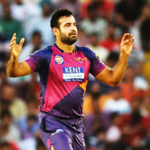
1.
2.
3.
4.
5.
6.
7.
8.
9.
10.
11. -
@Yash.
Similar threads
- Replies
- 299
- Views
- 37K
Users who are viewing this thread
Total: 1 (members: 0, guests: 1)







